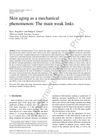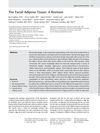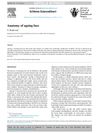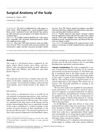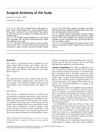Three-Dimensional Adipofascial and Dermal Structures Involved in Forehead Crease Formation
September 2023
in “
Clinical anatomy
”
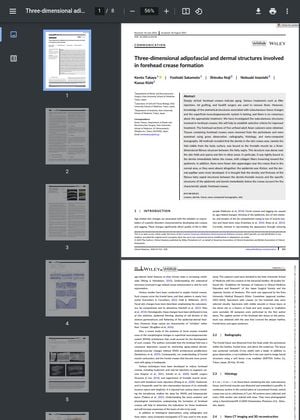
TLDR Forehead creases are formed by a tight connection between the skin and muscle through dense fibers, with changes in skin thickness and fewer skin appendages near the creases.
The study investigated the anatomical structures involved in the formation of forehead creases to improve treatment selection criteria. Five unfixed adult Asian cadavers were examined using gross observation, radiography, histology, and nano-computed tomography. The findings revealed that the dermis in the crease area was connected to the frontalis muscle by a dense, three-dimensional fibrous structure within the fatty septa, which was particularly tight immediately below the crease. Collagen fibers were observed traversing towards the epidermis. Additionally, skin appendages were fewer or absent near the creases, the epidermis was thicker, and the dermal papillae were more developed compared to normal areas. These characteristics of the fibrous fatty septal structures and the specific epidermal and dermal structures below the crease contribute to the formation of distinct forehead creases.
